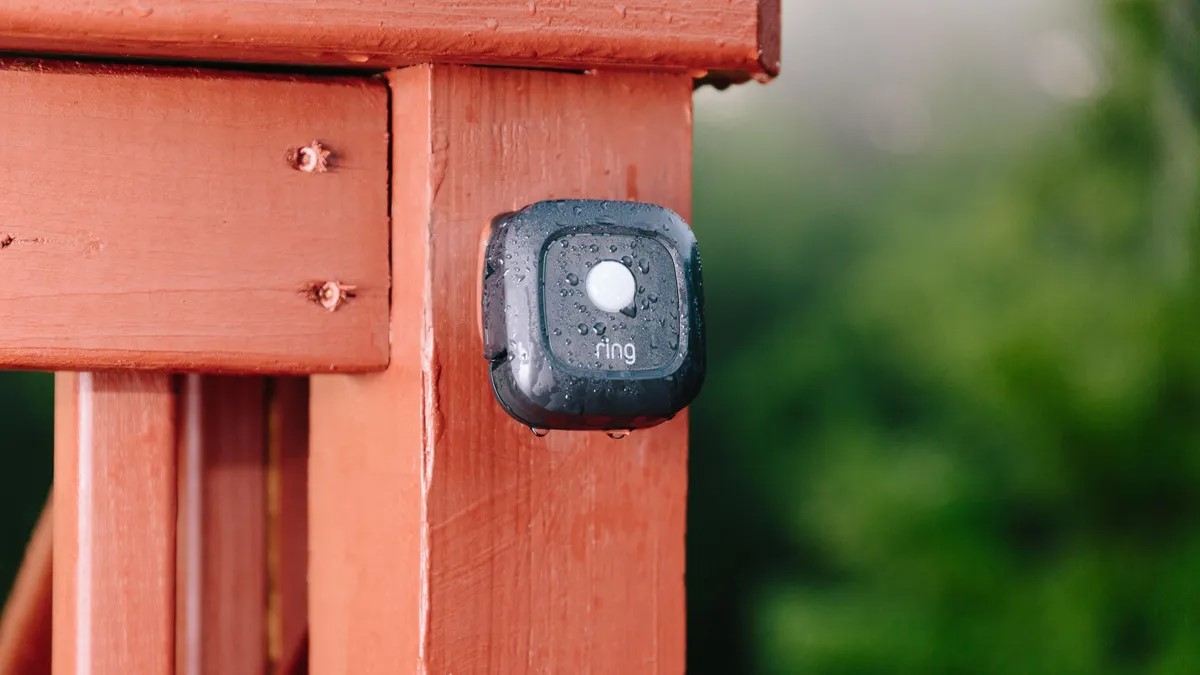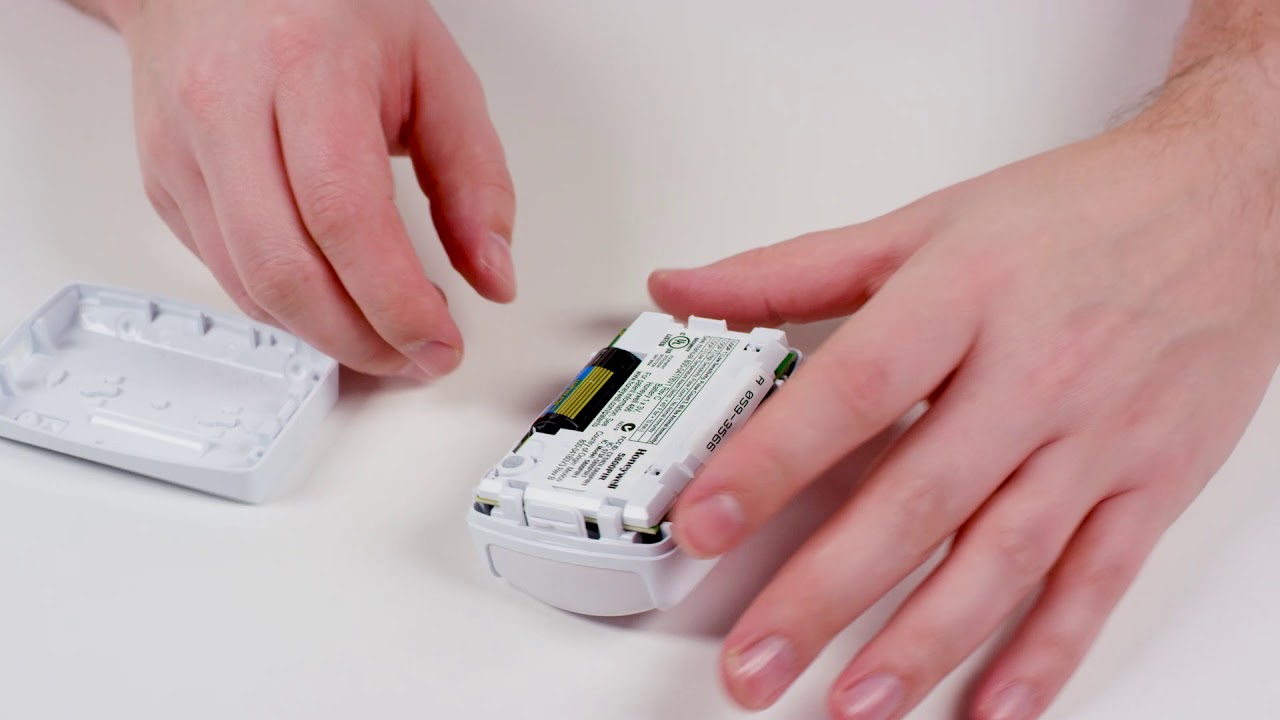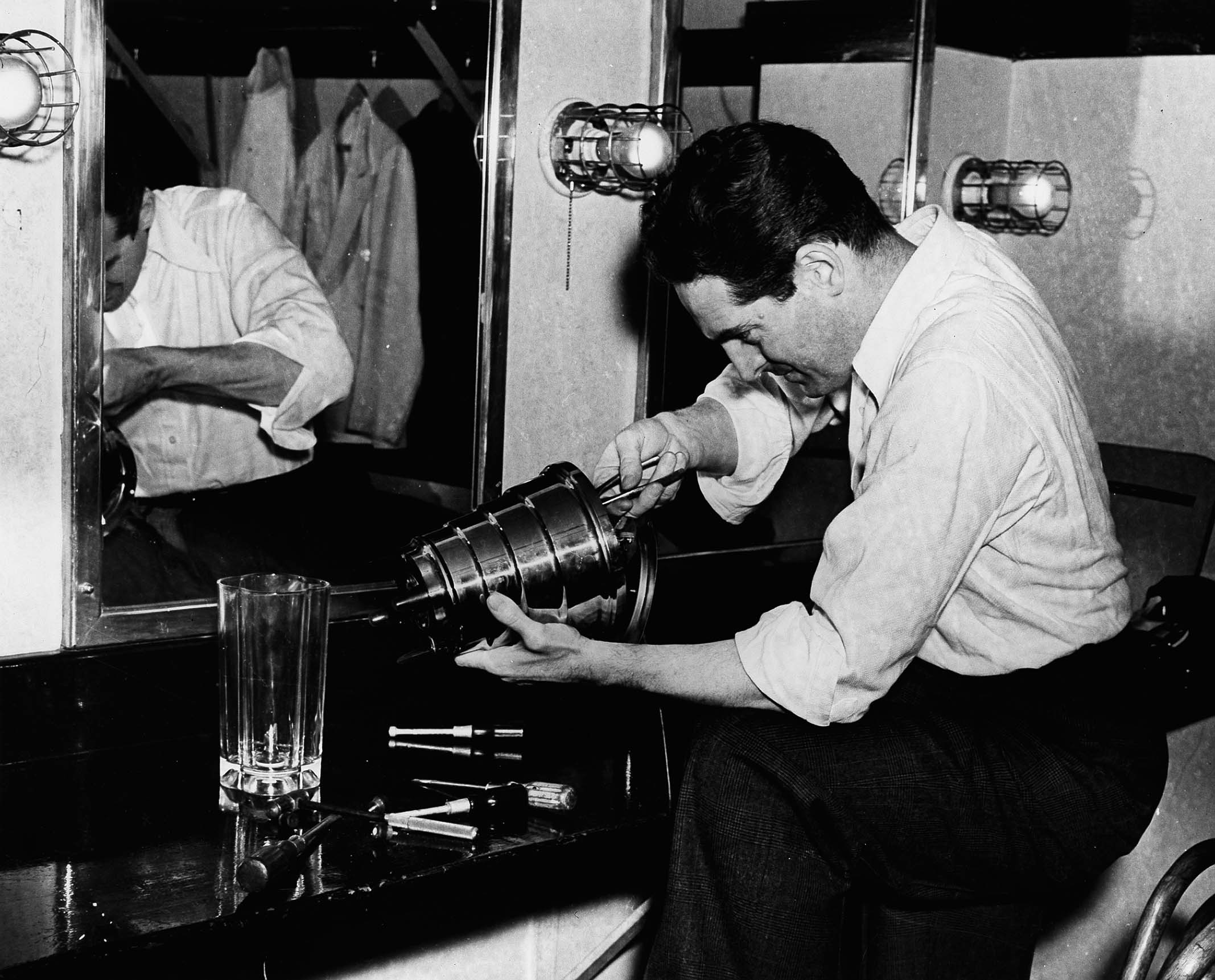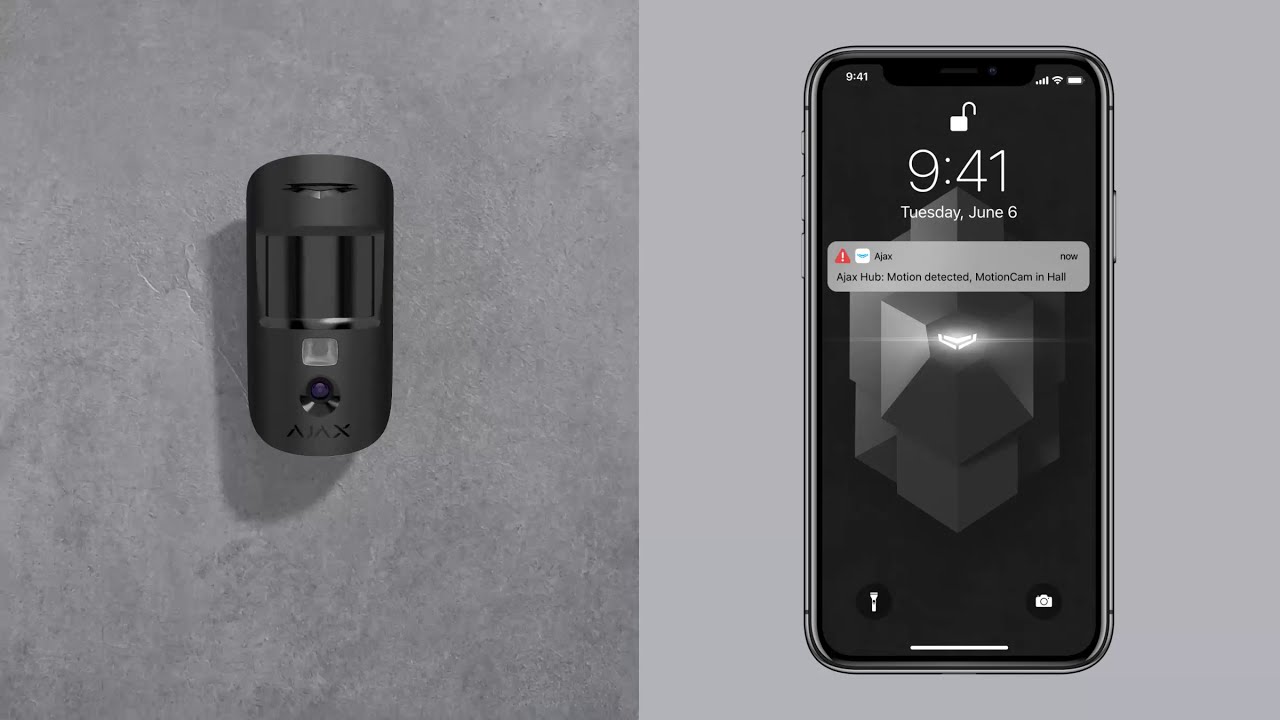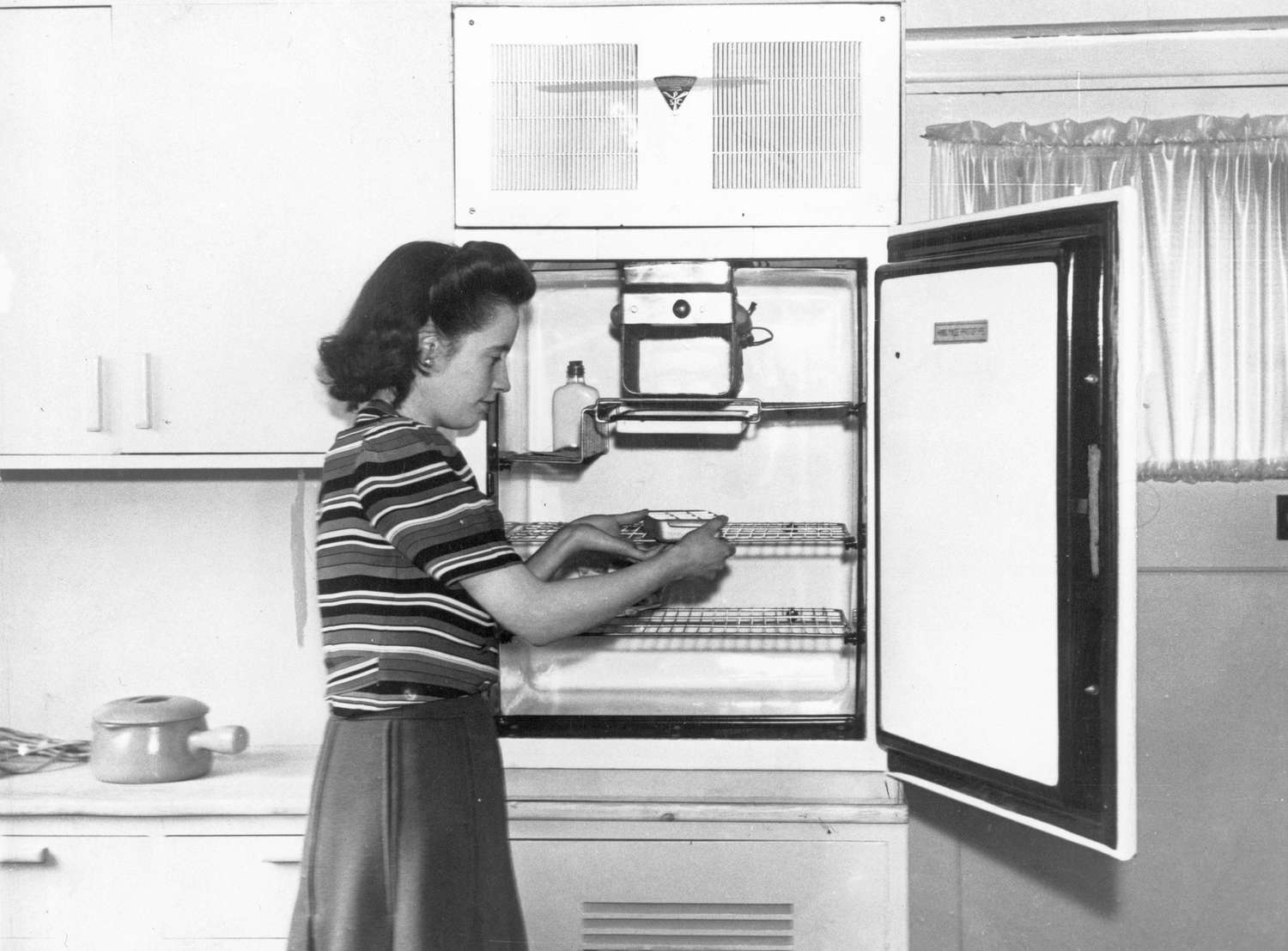Home>Home Security and Surveillance>When Was The Motion Detector Invented?
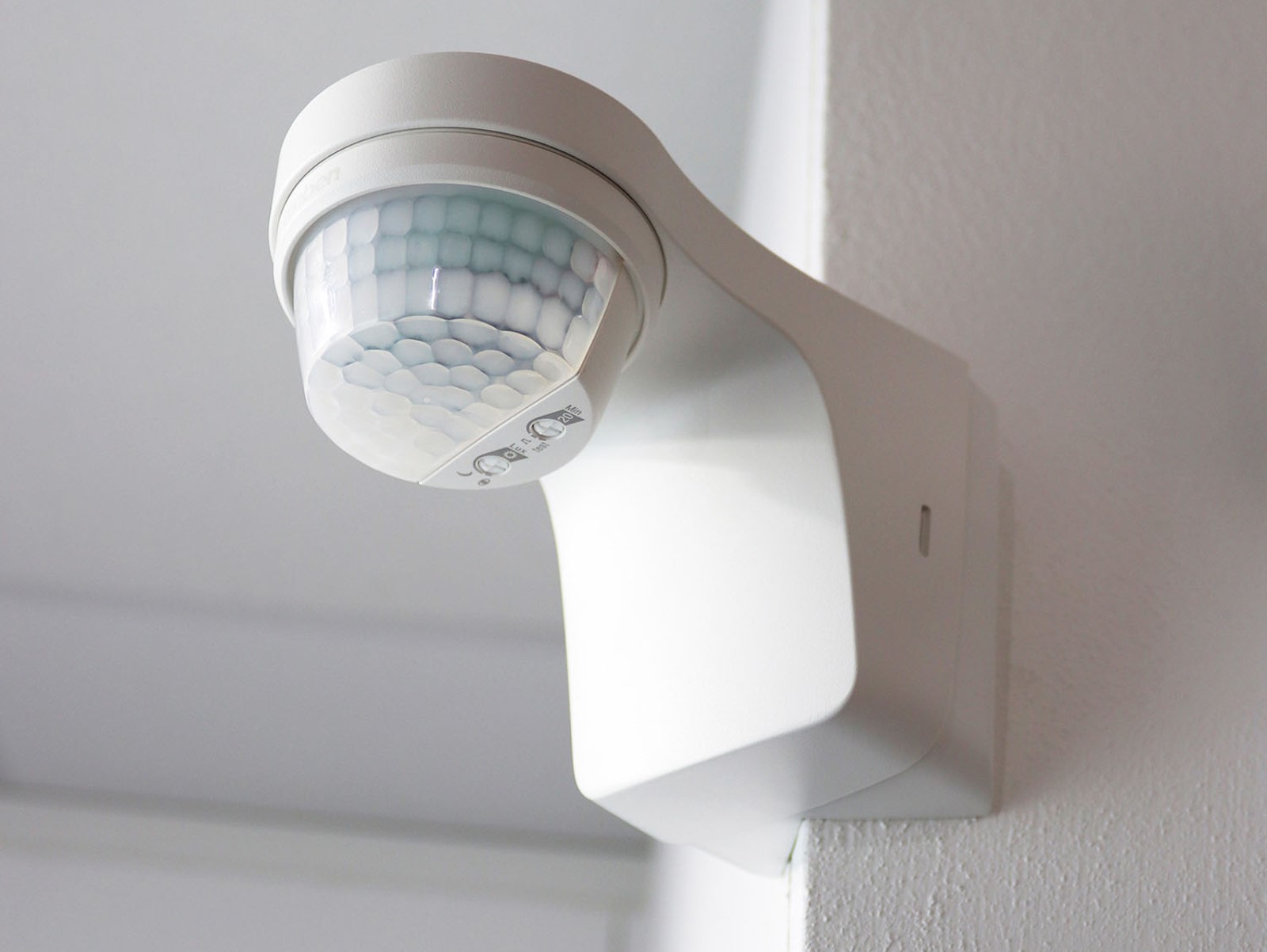

Home Security and Surveillance
When Was The Motion Detector Invented?
Modified: October 20, 2024
Discover the history and evolution of motion detectors in home security and surveillance. Learn about when the motion detector was first invented and its significance in protecting your property
(Many of the links in this article redirect to a specific reviewed product. Your purchase of these products through affiliate links helps to generate commission for Storables.com, at no extra cost. Learn more)
Introduction
Home security and surveillance have become increasingly important in today’s world. With rising crime rates and a desire for peace of mind, homeowners are turning to advanced technologies to protect their properties and loved ones. One such technology that has revolutionized the way we secure our homes is the motion detector. In this article, we will explore the fascinating history of motion detection, from its early concepts to the invention of the first motion detector device, as well as the evolution and advancements that have shaped the technology we know today.
Motion detection is a critical aspect of home security systems. It works by detecting any movement within an area and triggering an alarm or alerting the homeowner. This technology is not only used in residential settings but also in commercial and industrial spaces, providing an extra layer of security.
But, when exactly was the motion detector invented, and how did it evolve throughout history? To answer these questions, let’s delve into the early concepts of motion detection.
Key Takeaways:
- Motion detection technology has evolved from simple tripwires to advanced sensors, providing accurate and reliable security for homes and businesses.
- Motion detectors have diverse applications, from residential security to energy-saving measures and wildlife monitoring, enhancing safety and efficiency in various settings.
Early Concepts of Motion Detection
The concept of detecting motion dates back centuries, with various early ideas and mechanisms developed to sense movement. In ancient times, simple devices such as tripwires and noisy objects placed strategically alerted people to intruders or unwanted visitors. While these methods were effective to some extent, they lacked the sophistication and accuracy of modern motion detection technology.
One significant development in motion detection came in the late 19th century with the invention of the trip wire-based systems. These systems relied on the activation of a switch or alarm when an intruder tripped over a wire connected to a bell or other signaling device. Although innovative for its time, these early systems had limitations. They were prone to false alarms triggered by animals, strong winds, or even falling branches.
Advancements in motion detection continued in the early 20th century with the introduction of photoelectric sensors. These sensors utilized light beams that would be interrupted when someone or something passed through them. The interruption of the beam would trigger an alarm or signal, indicating movement. While this was a significant improvement over the trip wire approach, photoelectric sensors still had limitations, including the potential for false alarms caused by changes in lighting conditions or small objects blocking the beam.
Another breakthrough in motion detection technology came with the development of heat-sensing mechanisms. In the 1930s, the first infrared motion detectors were introduced, which relied on detecting changes in heat signatures. These early heat sensors were primarily used in military applications to detect enemy personnel or vehicles. However, they were large, expensive, and not widely available for civilian use.
As technology advanced, so did the methods for detecting motion. In the 1960s, the invention of microwave-based motion detectors offered a new level of accuracy and reliability. These detectors emitted microwave signals and measured the time it took for the signal to bounce back after hitting an object. Any disturbance in the signal was interpreted as movement, triggering an alert. Microwave-based motion detectors were highly effective in detecting motion but were still relatively expensive and not widely accessible for residential use.
With the rise of integrated circuit technology in the 1970s, microprocessors enabled the development of more compact, affordable, and efficient motion detection devices. These advancements paved the way for the commercialization of motion detectors, making them accessible to homeowners and businesses alike.
The evolution of motion detection technology continued at a rapid pace, leading to the development of passive infrared (PIR) sensors. PIR sensors detect the change in heat patterns emitted by living beings, such as humans, and are now commonly used in residential security systems.
Today, motion detection technology has become an integral part of home security systems, providing homeowners with enhanced safety and peace of mind. The invention and evolution of motion detectors have truly revolutionized the way we protect our homes and loved ones.
Invention of the First Motion Detector Device
The invention of the first motion detector device can be attributed to Samuel Bagno. In the early 1950s, Bagno, an engineer and inventor, developed the first practical motion detector known as the “Burglar Alarm System.” This ground-breaking device utilized a combination of ultrasonic and radar technologies to detect motion.
Bagno’s invention marked a significant milestone in the history of motion detection. Unlike previous methods that relied on visual or mechanical means, Bagno’s device utilized sound waves and radio waves to detect movement. The ultrasonic component emitted high-frequency sound waves that bounced back when they hit an object, while the radar component emitted radio waves and analyzed the reflected signals. Any changes in the returned waves, such as a shift in frequency or amplitude, indicated the presence of motion.
Bagno’s motion detector device was not only more accurate but also capable of overcoming some of the limitations faced by previous motion detection systems. The ultrasonic component allowed detection through walls and other solid objects, making it ideal for indoor security applications. Additionally, the radar component provided excellent accuracy, even in complex environments.
Bagno’s invention quickly gained recognition and was widely adopted for security purposes. However, it was initially limited to commercial and industrial settings due to its complexity and high cost. Over time, advancements in technology and manufacturing processes made motion detectors more affordable and accessible to residential users.
Since Bagno’s groundbreaking invention, motion detection technology has continued to progress and evolve, with new innovations and improvements being introduced regularly. From more accurate sensing mechanisms, such as passive infrared sensors, to increased efficiency and integration with other devices, motion detectors have become indispensable components of modern home security systems.
Today, motion detectors come in various forms, including standalone devices, integrated sensors in security cameras, and even wireless systems that can be easily installed and monitored through smartphones. The primary goal remains the same – to provide reliable and effective motion detection capabilities to enhance the safety and security of homes and businesses.
It is remarkable to think how far motion detection technology has come since Bagno’s initial invention. From simple tripwires to advanced ultrasonic and radar-based systems, the ability to detect motion has significantly evolved, offering users greater control over their security and peace of mind.
The motion detector was invented in 1950 by Samuel Bagno. It was originally used for automatic doors, but has since been adapted for various security and automation applications.
Evolution and Advancements in Motion Detection Technology
The field of motion detection technology has seen remarkable advancements and innovations over the years. As the demand for enhanced security continues to grow, experts and engineers have pushed the boundaries of what motion detection systems can achieve. Let’s explore some of the key evolution and advancements in motion detection technology.
1. Passive Infrared (PIR) Sensors: Passive Infrared sensors, or PIR sensors, revolutionized the motion detection industry. These sensors detect infrared radiation emitted by living beings, such as humans and animals. PIR sensors are now widely used in residential and commercial security systems due to their accuracy, reliability, and cost-effectiveness.
2. Dual Technology Sensors: Dual technology sensors combine different detection technologies, such as PIR and microwave, to minimize false alarms and increase accuracy. These sensors analyze both heat signatures and movement patterns, offering improved performance in various environments.
3. Video-Based Motion Detection: With the advent of advanced video surveillance systems, video-based motion detection has become an integral part of security setups. By analyzing changes in video frames, these systems can identify and track movement, providing an added layer of security.
4. Intelligent Motion Detection Algorithms: The development of intelligent algorithms has significantly enhanced the capabilities of motion detection systems. These algorithms can differentiate between human movement and other background activities, reducing false alarms and improving overall system efficiency.
5. Integration with Smart Home Technology: Motion detection systems have become increasingly integrated with smart home technology. Users can now receive real-time notifications and control their security systems remotely through smartphone apps.
6. Advanced Analytics and Machine Learning: The integration of advanced analytics and machine learning has brought motion detection to a whole new level. These technologies can analyze large amounts of data and identify patterns, allowing security systems to detect suspicious behavior proactively.
7. Wireless and Battery-Powered Solutions: Advancements in wireless technology and battery efficiency have made it easier than ever to install motion detection systems. Wireless sensors require no complex wiring, making them highly flexible and convenient.
8. Facial Recognition and Object Tracking: Cutting-edge motion detection systems now incorporate facial recognition and object tracking capabilities. These systems can identify specific individuals or track the movement of specific objects, enabling more sophisticated security applications.
The evolution of motion detection technology has brought about significant improvements in accuracy, reliability, and adaptability. Today, motion detection systems can be tailored to different environments and security needs, making them an essential component of comprehensive home security setups.
The future of motion detection technology looks promising, with ongoing research and development aimed at further enhancing its capabilities. From advanced algorithms to the integration of artificial intelligence, the possibilities for motion detection are expanding, providing users with even more powerful and effective security solutions.
Applications of Motion Detectors
Motion detectors have a wide range of applications beyond just home security. These versatile devices have become an essential component in various industries due to their ability to detect movement accurately and trigger appropriate actions. Let’s explore some of the key applications of motion detectors.
1. Residential Security: Motion detectors are commonly used in residential security systems to protect homes from intruders. They can trigger alarms, send notifications, or activate surveillance cameras when motion is detected, allowing homeowners to take immediate action.
2. Commercial Security: Many businesses rely on motion detectors to safeguard their premises outside of business hours. Motion detection systems can be integrated with alarm systems, access control systems, and surveillance cameras, providing comprehensive security.
3. Energy Saving: Motion detectors can also help conserve energy by automatically turning lights on or off based on occupancy. In commercial buildings, warehouses, and offices, motion-activated lighting systems reduce energy waste and lower electricity costs.
4. Automatic Doors: Motion detectors play a crucial role in automatic door systems, such as those found in shopping malls, airports, and hospitals. The detectors sense the movement of individuals approaching the door and trigger the opening mechanism, providing convenience and accessibility.
5. Home Automation: Motion detectors are widely used in home automation setups. They can activate various functions, such as turning on lights, adjusting thermostats, or playing music, based on the presence or absence of occupants in different rooms.
6. Outdoor Lighting: Motion detectors are commonly employed in outdoor lighting systems, ensuring that the lights only turn on when motion is detected. This enhances safety by illuminating pathways, driveways, and other outdoor areas when someone is present.
7. Healthcare Facilities: Motion detectors are utilized in healthcare facilities, particularly for patient monitoring and safety. They can detect movement in restricted areas, trigger alarms in case of patient wandering, or activate emergency response systems.
8. Industrial Applications: Motion detectors are vital in industrial environments to ensure worker safety. They can detect movement near hazardous machinery, triggering immediate shutdowns or warnings to prevent accidents.
9. Traffic Control: Motion detectors are integrated into traffic control systems to detect the presence of vehicles and pedestrians at intersections. This information is used to regulate traffic flow and optimize signal timings.
10. Wildlife Monitoring: Motion detectors are utilized in wildlife monitoring and conservation efforts. They can detect the movement of animals, providing valuable data for population studies, habitat assessment, and research projects.
The applications of motion detectors are vast and continue to expand as technology advances. Their versatility and ability to accurately detect movement make them invaluable in enhancing security, efficiency, and convenience in various settings.
Conclusion
Motion detection technology has come a long way since its early concepts and inventions. From simple tripwires to sophisticated sensor systems, motion detectors have played a crucial role in revolutionizing home security and surveillance. The evolution and advancements in motion detection technology have vastly improved its accuracy, reliability, and adaptability, making it an integral part of modern security systems.
Early concepts of motion detection relied on basic mechanisms such as tripwires and photoelectric sensors. However, the invention of the first practical motion detector device by Samuel Bagno in the 1950s marked a significant turning point. Bagno’s device, utilizing ultrasonic and radar technologies, paved the way for more accurate and efficient motion detection methods.
Over the years, motion detection technology has continued to evolve. From the introduction of passive infrared (PIR) sensors to the integration with smart home technology, motion detectors have become more accessible, affordable, and adaptable to various environments and security needs.
Today, motion detectors find applications beyond just residential and commercial security. They are used for energy-saving purposes, in automatic doors, home automation systems, outdoor lighting, healthcare facilities, industrial environments, traffic control, and even wildlife monitoring. Motion detectors provide a wide range of benefits, including enhanced security, energy efficiency, and convenience.
The future of motion detection technology looks promising, with ongoing advancements in intelligent algorithms, video analysis, and integration with artificial intelligence. These advancements will bring even greater accuracy, reliability, and proactive security capabilities to motion detection systems.
In conclusion, motion detection technology has revolutionized the way we approach home security and surveillance. It has evolved from simple concepts to sophisticated systems, providing homeowners, businesses, and various industries with enhanced safety, convenience, and peace of mind. As technology continues to advance, motion detection will continue to play a vital role in keeping our homes, workplaces, and communities secure.
Frequently Asked Questions about When Was The Motion Detector Invented?
Was this page helpful?
At Storables.com, we guarantee accurate and reliable information. Our content, validated by Expert Board Contributors, is crafted following stringent Editorial Policies. We're committed to providing you with well-researched, expert-backed insights for all your informational needs.


